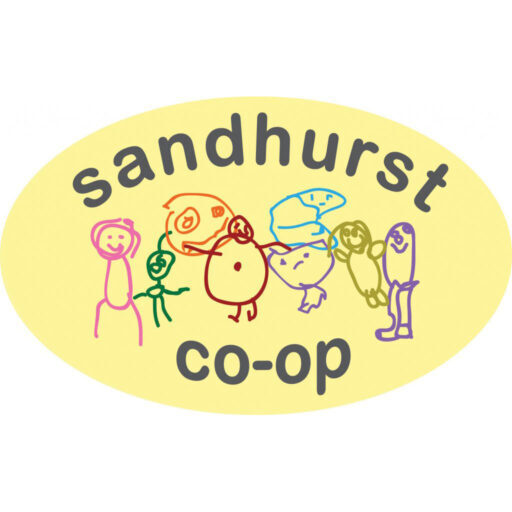by Amy (mom to Arlo, 3-5’s)
I first heard about Hand in Hand, the organization founded over 20 years ago by mother and educator Patty Wipfler, when my son was a toddler suffering from night terrors. I was disturbed by how often he sat up in bed hysterical and panicked but not quite awake and I did a lot of research about how best to handle these episodes. The technique that finally reduced his night terrors and felt the most compassionate was one that I found in an article on the Hand in Hand website. Since then, I’ve become more involved with the organization, taking advantage of their vast array of free resources and even completing a course and consulting with a certified instructor.
The primary goal of Hand in Hand’s approach, Parenting by Connection, is to help families maintain and grow strong parent-child connections (something that recent research has indicated is one of the strongest factors in preventing risky behavior in adolescence). While this approach requires setting firm limits, it advises doing so without punishment. From sleep to eating and aggression, families are constantly working through issues both big and small and Parenting By Connection provides four main tools for doing this work:
Special Time
This is a specific amount of time set aside as often as possible (we do ten minutes a day) with each child. During this time, the child has your complete and undivided attention and directs the play. A timer is essential, reminding both the child and parent that this time is different from the rest of the day and that it has a set ending.
Playlistening
This is a goofy style of play that allows children to take the more powerful role. It’s also one that encourages as much laughter as possible without tickling and can be used to relieve the stress of difficult situations like getting out the door in the morning or brushing teeth before bed.
Staylistening
When a child is crying or having a tantrum, we are often advised to ignore the behavior. This tool asks us to do the opposite: to let a child express their emotion fully and to stay with them while they do so. The purpose is to help a child release rather than stifle an upset and to allow them to experience potentially scary and overwhelming emotions in a safe and loving presence. As someone who always tried to distract my children from being upset, this tool was the most radical for me. It’s also been one of the most powerful.
Listening Partnerships
Parenting is incredibly hard work and it constantly triggers our own emotions and/or feelings about the ways we were raised. In order to offload some of these feelings, Hand in Hand strongly encourages forming a listening partnership with another parent. Whether it’s a weekly or an as-needed conversation, this is a chance for each parent to have a designated amount of time to be heard without interruption or judgment.
As we all know, every family and every child is different and there is absolutely no “right” way to raise children (I’m the first to admit that I’m no expert!). That said, I’ve found these tools to be enormously useful as I navigate the messy business of parenting. This article only scratches the surface of Parenting by Connection and if you want to know more about how to use these tools or the science behind this approach, I highly encourage you to do so! Here is a link.
